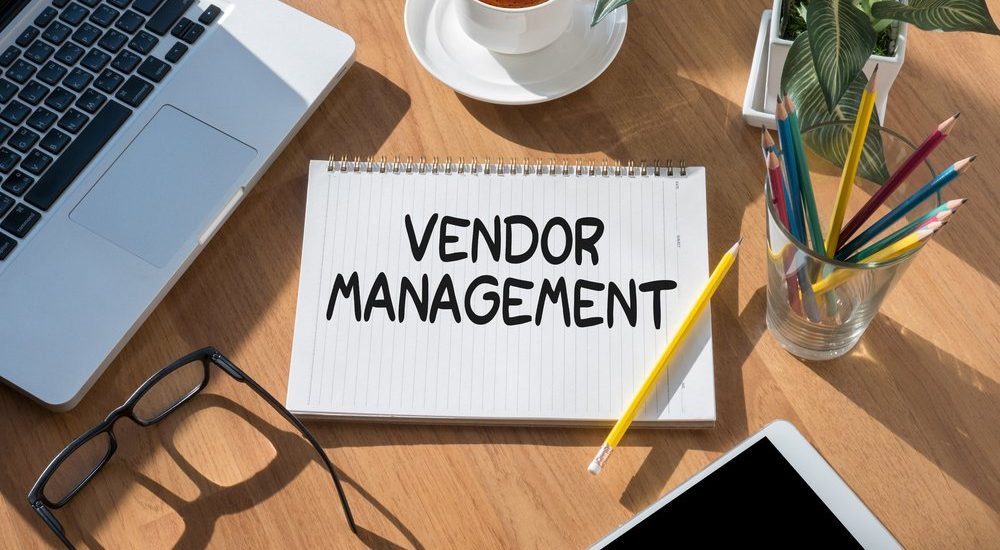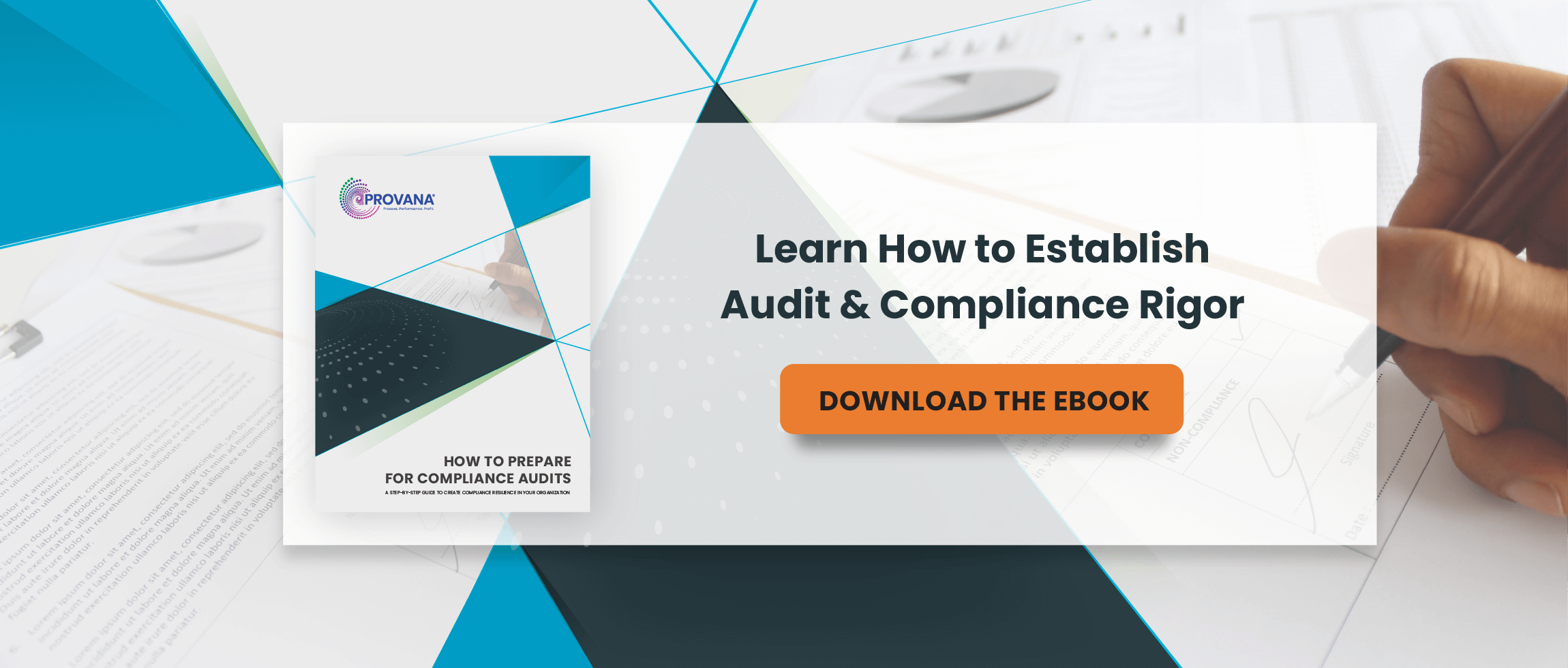3 Tips to Create an Effective Vendor Management Program for Your ARM Business
- August 9, 2022
- Category: Vendor Management

It is not uncommon for big collection businesses to work with vendor(s) to improve their operations and crunch big collection numbers. It is also not uncommon for vendors to gain access to secure systems and sensitive information, which can expose these collection agencies and their customers to risk. Not to mention, penalties for non-compliance of vendors for any collection business can be substantial. In addition to the financial risks, publication of these enforcement actions can create reputational risk for your collection business.
If you are a growing collection business that has contracted with one or more vendors, an enterprise-wide approach to vendor management can help you resolve these concerns. Having said that, building a compliant, comprehensive program for vendors can also be significantly more complex than simply utilizing a vendor approval checklist especially if you lack the standardized and centralized vendor management processes and policies. However, following below mentioned tips should help you build an effective and comprehensive vendor management program in an easy, step-by-step method.
1. Maintain a Rigorous Vendor Screening Process
Vendor selection is the most important phase of the vendor management process in which you should strive to learn as much about each potential vendor as possible. As risk from third-party access can come under increasing scrutiny from regulators, you must evaluate new vendors thoroughly and continue to audit them throughout their term of service. To achieve that, prepare a set of questionnaires containing comprehensive questions covering the breadth and depth of the vendor compliance aspects. The vendors should also be regularly monitored and audited, using similar sets of questionnaires to ensure compliance throughout their term of service.
With these questionnaires, you should be able to capture the potential vendor’s qualifications about their experience, evidence of adequate insurance, licenses, references, and certification of the vendor’s compliance with applicable laws and regulations. In addition to the items listed above, information about a vendor’s security, physical access, network access, software development management, disaster recovery, termination provisions, training programs, and performance benchmarks should also be obtained from each vendor via these sets of questions.
2. Designate a Vendor Program Owner
Designate someone in the organization to “own” vendor management, including approval of vendors and managing approved policies and procedures. It is best to either have a separate vendor management department or an expert service partner such as Provana who can implement a comprehensive compliance management system in your business to help you maintain vendor oversight. This will help you prevent decentralizing vendor management and have each manager avoid making individual decisions that do not align with vendor policies and procedures.
3. Adopt a Risk Intelligent Approach to Vendor Management
Continue developing new and enhancing existing policies and procedures to provide a solid framework for vendor governance. Given not every vendor may not require the same level of due diligence, a risk-based approach to vendor management processes can also create efficiency and better efficacy within the organization. Ideally, your vendor management program should differentiate the diligence and documentation requirements among high, moderate, and low-risk vendors. This will help you in promptly allocating risk management resources where the higher risk exists. To evaluate vendor risk, check whether a vendor provides mission-critical service, has access to NPI data, etc., and then put them in various risk categories accordingly. This will help you to accurately determine the nature, extent, and timing of the audit procedures. Too much scrutiny is also bad for an ideal vendor relationship.
Striking a balance between being a watchdog or a bloodhound is difficult considering the risks of regulatory and reputational damages. If you want to identify and remediate the red flags for your vendor relationships, all you need is a robust compliance management program backed by seasoned auditors and technologists who can help you evolve that program while keeping in mind the external compliance regulatory changes. The best time to act is now. Book a consultation with us here.








